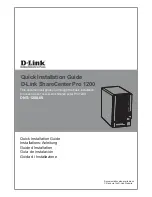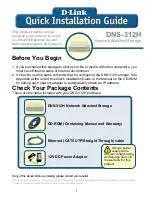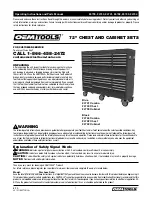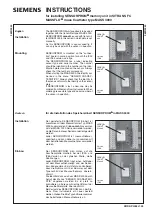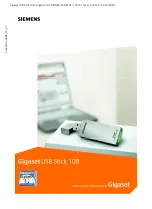
Seagate SkyHawk AI Product Manual, Rev. B
6
1.0
Introduction
This manual describes the functional, mechanical and interface specifications for the following: Seagate® SkyHawk® AI model drives:
These drives provide the following key features:
•
2M hour MTBF - designed for high write duty cycle across SkyHawk AI
•
ATA AV Command support - streaming video command support across SkyHawk AI
•
Best-in-class acoustic performance means virtually silent operation
•
Built-in error recovery for non-stop video streaming
•
Compliant with RoHS requirements in China and Europe
•
Full-track multiple-sector transfer capability without local processor intervention
•
Low activity power
•
Native Command Queuing with command ordering to increase performance in demanding applications
•
Performance-tuned for seamless video applications
•
PowerChoice™ for selectable power savings
•
Reliability for 24×7 video surveillance applications
•
Rotational Vibration - mitigation of system level rotational vibration inside SkyHawk AI
•
SeaTools® diagnostic software performs a drive self-test that eliminates unnecessary drive returns.
•
State-of-the-art cache and on-the-fly error-correction algorithms
•
Streaming video optimization - consistent command completion times & ERC support across SkyHawk AI
•
Support for S.M.A.R.T. drive monitoring and reporting
•
Supports "16+" drive bays
•
Supports ATA8 streaming commands
•
Supports latching SATA cables and connectors
•
Supports up to 64 cameras plus 16 AI streams
•
TGMR recording technology provides the drives with increased areal density.
•
Thermal monitoring and reporting for 24×7 operations
•
Transient power on management - 1.8A spin-up current
•
Uncompromising reliability supports flexible surveillance design with case temperatures up to 70ºC
•
Workload ratings of 550TB/year
•
Worldwide Name (WWN) capability uniquely identifies the drive
1.1
About the SATA interface
The Serial ATA (SATA) interface provides several advantages over the traditional (parallel) ATA interface. The primary advantages
include:
•
Easy installation and configuration with true plug-and-play connectivity.
It is not necessary to set any jumpers or other configuration options.
•
Thinner and more flexible cabling for improved enclosure airflow and ease of installation.
•
Scalability to higher performance levels.
In addition, SATA makes the transition from parallel ATA easy by providing legacy software support. SATA was designed to allow users
to install a SATA host adapter and SATA disk drive in the current system and expect all of the existing applications to work as normal.
The SATA interface connects each disk drive in a point-to-point configuration with the SATA host adapter. There is no master/slave
relationship with SATA devices like there is with parallel ATA. If two drives are attached on one SATA host adapter, the host operating
system views the two devices as if they were both “masters” on two separate ports. This essentially means both drives behave as if they
are Device 0 (master) devices.
The SATA host adapter and drive share the function of emulating parallel ATA device behavior to provide backward compatibility with
existing host systems and software. The Command and Control Block registers, PIO and DMA data transfers, resets, and interrupts are all
emulated.
The SATA host adapter contains a set of registers that shadow the contents of the traditional device registers, referred to as the Shadow
Register Block. All SATA devices behave like Device 0 devices. For additional information about how SATA emulates parallel ATA, refer to
the “Serial ATA International Organization: Serial ATA Revision 3.2”. The specification can be downloaded from www.sata-io.org.
ST6000VE001
ST4000VE001
Note
The host adapter may, optionally, emulate a master/slave environment to host software where two devices on
separate SATA ports are represented to host software as a Device 0 (master) and Device 1 (slave) accessed at the
same set of host bus addresses. A host adapter that emulates a master/slave environment manages two sets of
shadow registers. This is not a typical SATA environment.























